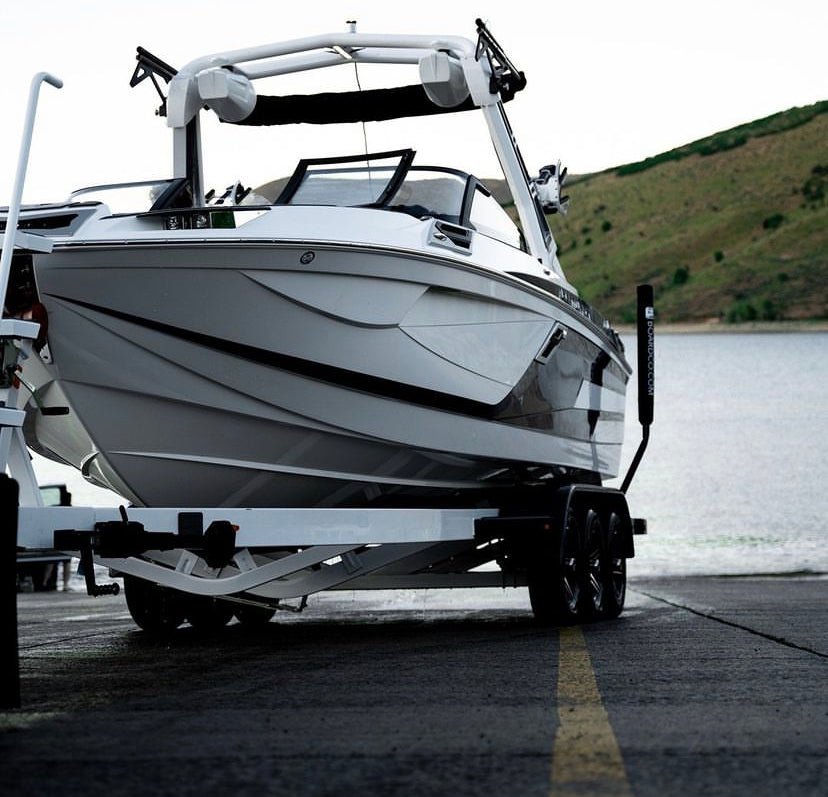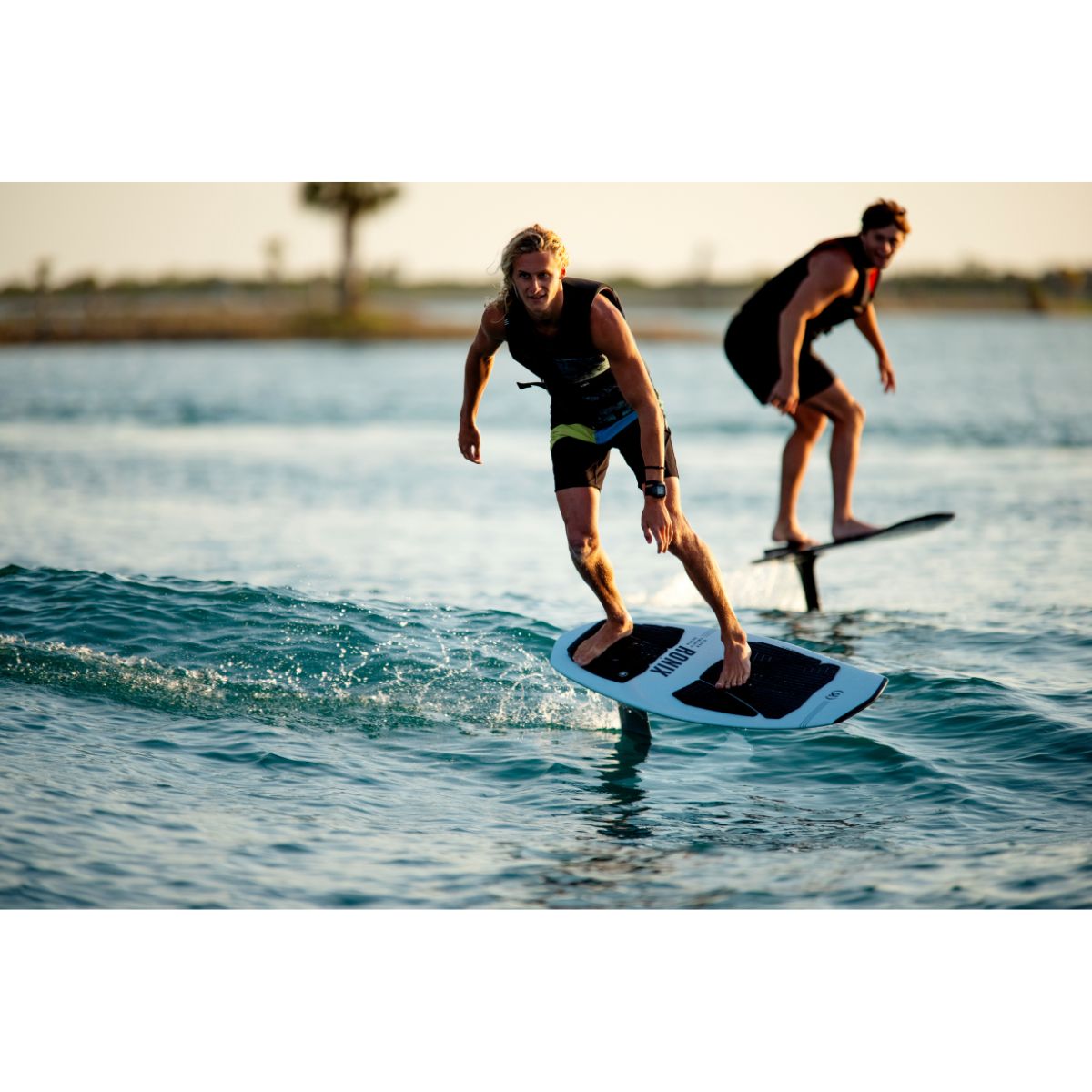Selecting the right life vest size is not just about comfort; it's a matter of safety. When engaging in watersports, the right vest ensures you remain buoyant and can move freely, maximizing both your safety and enjoyment.
CGA vs. Comp Vests: What's the Difference?
-
CGA (Coast Guard Approved) Vests:
- Certification: Endorsed by the United States Coast Guard, ensuring they meet rigorous safety standards.
- Design: Prioritizes buoyancy, making them ideal for those new to watersports or engaging in activities where there's a higher risk of falling into the water.
-
Comp Vests (Competition Vests):
- Design: Tailored for performance, these vests offer enhanced flexibility, allowing for a broader range of motion. This makes them a favorite among professional athletes and those performing tricks on the water.
- Buoyancy: Comp vests inherently provide less buoyancy compared to CGA vests. It's important to note that while they expand when submerged in water, this expansion does not compensate for their reduced buoyancy. Always exercise caution when relying on them in water.
Buoyancy and Safety Standards
- CGA Vests: Adhere to buoyancy levels set by the United States Coast Guard, ensuring wearers remain afloat even in challenging water conditions.
- Comp Vests: While they prioritize flexibility, they do not meet the strict buoyancy standards of CGA vests.
Selecting the Right Vest Size
- Measurements: Start by measuring your chest at its widest point. This will be the primary determinant of your vest size.
- Fit: The vest should fit snugly but not restrictively. You should be able to breathe comfortably and move without feeling constrained.
- Water Expansion: Especially for comp vests, remember they will expand in water. This expansion can affect the fit, so always account for it when choosing a size.
- Check the size chart for each life jacket you are interested in.
Fitting Techniques
-
For CGA Vests:
- Wear the vest and ensure it sits comfortably on your torso.
- Fasten all straps and buckles, adjusting for a snug fit.
- As a test, raise your arms and have someone pull the vest upwards. If it moves significantly, tighten the straps.
-
For Comp Vests:
- Wear the vest, ensuring it wraps comfortably around your torso.
- Given their design, they might feel tighter initially. Check for flexibility and ensure you have a full range of motion.
- Remember, they will expand in water, so the initial snug fit is essential.
Kids and Life Vests
- Safety First: Children's safety is paramount. Their vests should be chosen with even more care than adults.
- Size: Always choose based on a child's weight rather than age. A snug fit is crucial to prevent the vest from slipping off.
- Inspection: Kids' vests undergo more wear and tear. Regularly inspect them for damages and replace when needed.
Troubleshooting Common Issues
- Discomfort: If the vest feels uncomfortable, it might be too tight. Adjust the straps or consider a different size.
- Restricted Movement: If you feel restricted, especially around the arms, consider opting for a comp vest or loosening the CGA vest.
- Low Buoyancy: If you feel you're not floating well, ensure the vest is Coast Guard Approved. Remember, comp vests are not supposed to float you as much as CGA vests.
Choosing the correct life vest size is a blend of safety and comfort. Whether you opt for a CGA or Comp Vest, ensure it fits well, suits your watersport needs, and always be aware of how the vest behaves in water.



